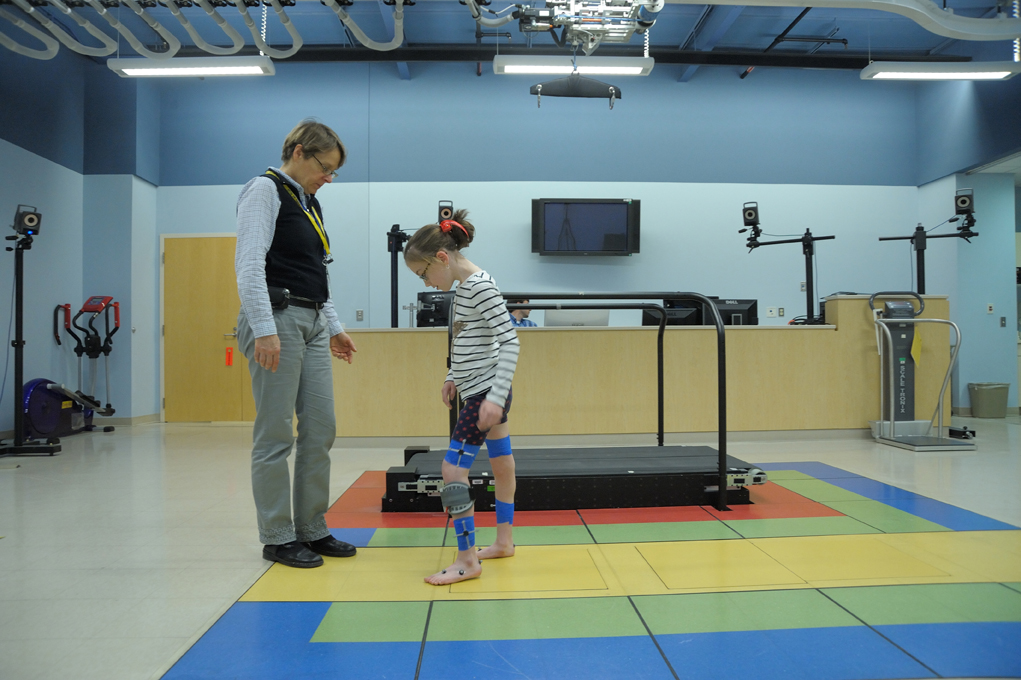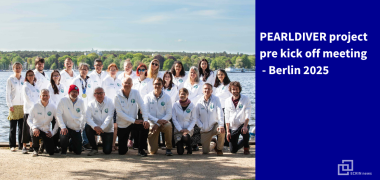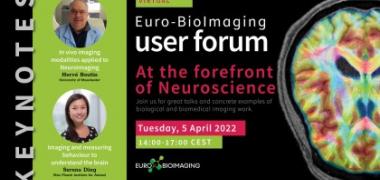The WE Study: Finding a way to palliate the symptoms of Cerebral Palsy in children

WE-study "Walking Easier with cerebral palsy" is one of the PedCRIN funded trials. The main objective of this trial is to investigate whether injections with BoNT-A in the calf muscles make walking easier in children with spastic cerebral palsy (CP) within 6 months, reflected by reduced energy cost during walking. The secondary aim is to evaluate whether there is an independent effect on activity, walking capacity, musculoskeletal pain and perceived performance and satisfaction related to mobility tasks.

Cerebral palsy (CP) results from a lesion to the brain that either occurs before birth, at birth, or within the first two years after birth, and it is the most common cause of physical disability in childhood [1]. More than 17 million people worldwide suffer from CP and a vast majority of them are kids. The motor signs associated with CP include primary neuromuscular deficits, such as spasticity, muscle weakness, and decreased selective motor control, and secondary musculoskeletal problems, such as bony malformations and contractures [2]. There is no cure for cerebral palsy, but many treatments have been developed to palliate the symptoms derived from this condition. Botulinum toxin became the standard treatment for the last decades. The botulinum toxin, also known as botox, is a neurotoxic protein produced by the bacteria Clostridium botulinum. In recent years, it has been established as a molecule of great therapeutic potential, as it has been proved to recover muscle tone and reduce pain (besides from being able to treat hyperhidrosis, migraine or strabismus).
The WE-study is a double blind placebo controlled randomized trial in children between 4-17 years. The sponsor of this multicenter clinical trial is St. Olavs University hospital, and the study is led by Dr. Torstein Vik, the Norwegian University of Science and Technology, NTNU. It involves all four health regions in Norway, one center in Poland, as well as one in France. For more information see the additional information on the PedCRIN website or the trial website.
[1] Koman, L.A., B.P. Smith, and J.S. Shilt, Cerebral palsy. The Lancet, 2004. 363(9421): p. 1619-1631.
[2] Graham, H.K. and P. Selber, Musculoskeletal aspects of cerebral palsy. J Bone Joint Surg Br, 2003. 85-B(2): p. 157-166.




